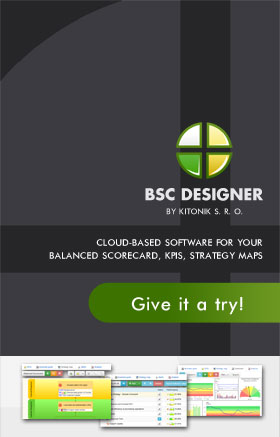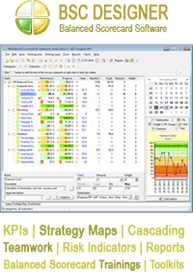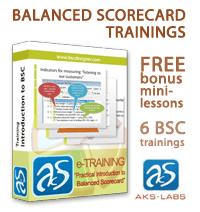The Efficiency of the Cascade Balanced Scorecard
No matter how innovative your balanced scorecard is, it would not be as effective as it should be if the strategies it encompasses are not communicated to your employees very well. Most of the time, the main root as to why your company is not as successful as it should be is the fact that your employees are not really sure how to go about achieving corporate goals and objectives; and for the most part, it is because they do not understand the goals and objectives themselves. Thus, there would be extreme difficulty in making a cohesive effort towards goal achievement here. This is a problem that can be easily remedies with the development of the cascade balanced scorecard.
The problems addressed above actually pertain to the matter of organizational alignment. We all know that the balanced scorecard is a very effective tool towards the creation of organizational alignment. This is because the balanced scorecard, or BSC as referred to by some, contains all the metrics and key performance indicators that all employees refer to, to gauge the current performance of everyone involved in the workforce. For instance, in the scenario of call centers, the firsthand employees would be the agents themselves because they are the ones that come in contact first with the customers or the clients. Thus, they would be checking out metrics and key performance indicators that gauge their individual performance when handling calls. Their team managers, on the other hand, would be concerned with the overall performance of every team that they handle. They would then check out metrics that pertain to the members of their team. Account managers, meanwhile, would check out metrics that pertain to the performance of the accounts they handle as a whole. The balanced scorecard then marks organizational alignment in this aspect.
With the cascade BSC, the corporate-wide scorecard is actually broken down into several units. The corporate-wide level or the topmost level would be referred to as Tier 1. From Tier 1, the BSC would then be translated right down to the next level of business units, departments, or support units. This next level would then be known as Tier 2. Once this is achieved, the BSC is then translated down to individuals or teams. This next level is then referred to as Tier 3. The end result of this endeavor would then be made the focus across all organizational levels.
By cascading scorecards downwards and across several business units, management groups, and functional areas, you need to translate all objectives, which usually come in verb-noun goal sentences, as well as the measures or the indicators of achievement. You need to translate them to make them relevant to the business procedures and the outputs of a particular area or department. While doing this, you need to maintain the alignment of that particular area or department to the strategic objective of the upper level. With this alignment and linkage forged, the cascade balanced scorecard becomes a strong tool in itself. When you are able to do this correctly, any enterprise or organization can now produce a framework completely driven to success – an actionable and predictive managerial tool that exhibits the true performance of all departments in an existing enterprise.
—
If you are interested in Cascade Balanced Scorecard, check this web-site to learn more about cascade dashboard.


